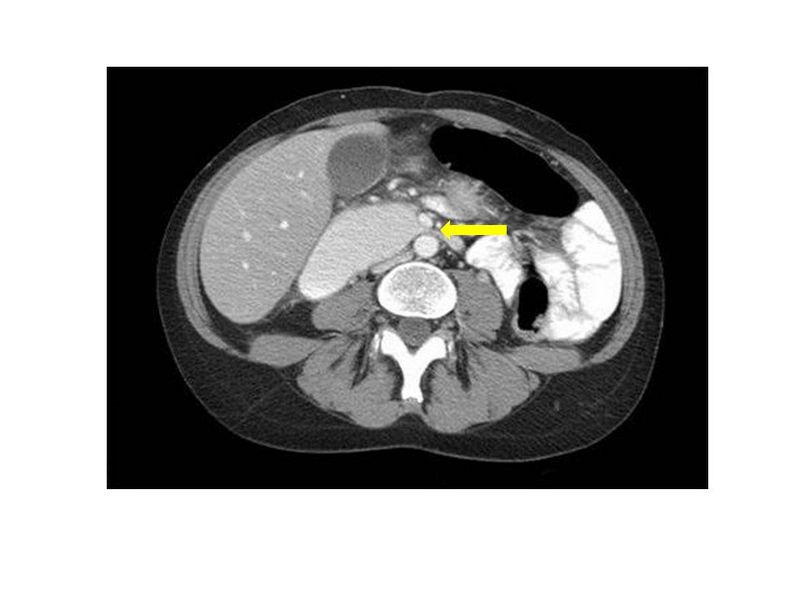
Differentiating MALS from Superior Mesenteric Artery Syndrome.
When it comes to mesenteric disorders, two conditions that often get confused with each other are MALS (Median Arcuate Ligament Syndrome) and Superior Mesenteric Artery Syndrome. While both conditions involve the mesenteric artery, they are distinct syndromes with different causes, symptoms, and treatment approaches.
Superior Mesenteric Artery Syndrome (SMAS), also known as Wilkie’s Syndrome, occurs when the duodenum is compressed between the superior mesenteric artery and the aorta. This compression can lead to a variety of digestive symptoms, such as abdominal pain, nausea, vomiting, and weight loss. Diagnosis usually involves imaging tests, such as CT scans or barium swallow studies.
On the other hand, MALS is caused by the compression of the celiac artery by the median arcuate ligament. This compression can result in Mals syndrome symptoms such as chronic abdominal pain, especially after meals, as well as weight loss and digestive issues. Diagnosis often includes a thorough medical history, physical examination, and imaging tests like Doppler ultrasound or angiography.
It is important to differentiate between these two syndromes as the treatment approaches vary. While SMAS may require conservative measures like nutritional support and weight gain, Median Arcuate Ligament Syndrome often requires surgical intervention to relieve the compression on the celiac artery. Overall, understanding the distinctions between MALS and Superior Mesenteric Artery Syndrome is crucial for accurate diagnosis and appropriate management of these mesenteric disorders.






